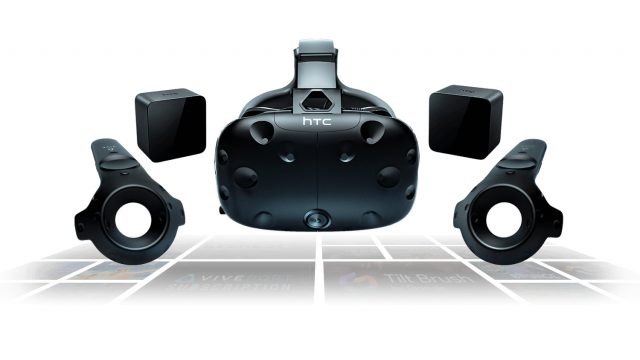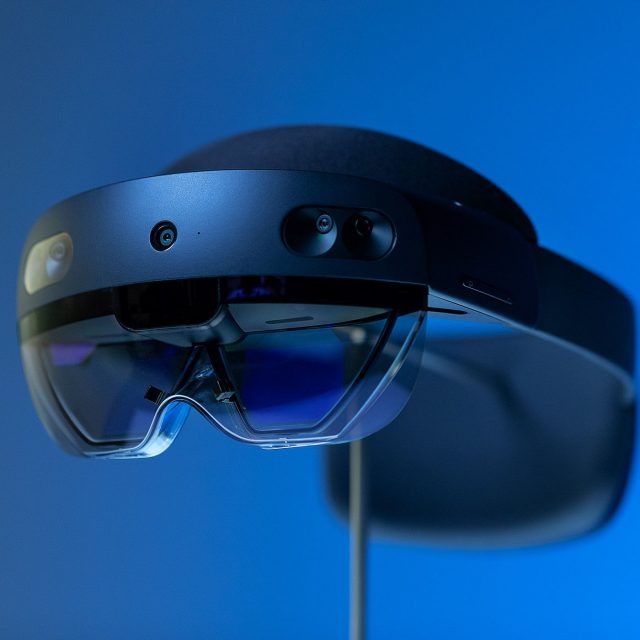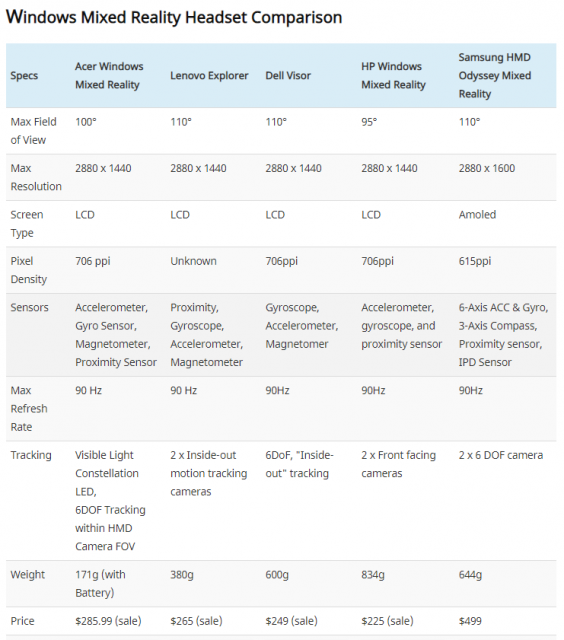A few decades ago, people cannot imagine how they feel in a virtual world. With the development of virtual reality technology, VR, AR and MR are not strange to people. They are used in games, hospitals, education, and so on. More and more devices are invented to improve the experience of virtual reality. In this article, I will briefly introduce the latest VR, AR, and MR devices and their advantages.
VR headsets
HTC Vive:
- Price: $499 for the Vive, $599 for the Vive Focus Plus, and $799 for the Vive Pro headset
- Resolution: 1080*1200 per eye (1440*1600 for Vive pro)
- Base station: 5m*5m
- FOV: 110 degrees
- Pixel density: 455.63 PPI
- Refresh rate: 90 Hz
- Connection: wireless
- Load: heavy, require a powerful computer
Oculus:
- Price: $200 for Oculus Go and $400 for Oculus Rift
- Resolution: 1280*1440
- Refresh rate: 72 Hz for GO and 90 for Rift
- Base station: 2.5m*2.5m
- FOV: 110 degrees
- Pixel density: 455.63 PPI
- Load: Oculus Go doesn’t need a computer and Oculus Rift needs a powerful computer.
Hololens 2:
- Price: $3500
- Resolution: 2048*1080
- Refresh rate: 240Hz
- FOV: 52 degrees
- Pixel density: 47 pixels per degree of sight
- Connection: Wireless
Pimax 5 plus:

- Price: $699
- Resolution: 2560*1440
- FOV: 200 degrees
- Pixel density:
- Refresh rate: 90/120 Hz
- Connection: Wireless
MR headsets:
(Retrieved from https://www.threesixtycameras.com/windows-mixed-reality-comparison-table/)
I never used the VR/MR headsets before. However, the data above have shown that each headset has advantages. By comparing Oculus and HTC Vive, they both required a heavy computer to support their operation. HTC Vive is more expensive but with a twice larger base station and higher refresh rate. Pimax 5 has a similar price with these two, but with a higher resolution and field of view. Hololens 2 is the most expensive one. Although it has a high refresh rate, which reached 240 Hz, I think it is too expensive. Actually, people are not able to tell the difference between 120 Hz and 240 Hz of the refresh rate. Besides that, Hololens 2 has a smaller FOV than others. It may cause less immersive.
There are a lot of great headsets that I haven’t listed out. They are waiting for us to explore.




